Art in Small Cities. Mission: Possible
Large cities, especially capitals, are often overcrowded with urban and cultural activities, while people in smaller cities suffer from a lack of opportunities for cultural leisure. But there are people who prove that the development of cultural initiatives is not just an advantage of big cities. There are activists who implement projects in small towns, learn to establish communication between citizens and local authorities, and liven up the local community through culture.
One such initiative is located in Ukrainian seaside town Berdyansk with a population of about 100k people. Six years ago, Ksenia Kleinos opened a small anti-café “There is a Time”, which subsequently has formed the community of like-minded people - NGO “The Cultural Urbanists”. The main areas of focus for their activities are urban development, educational projects and art campaigns. We talked with the NGO’s team members - Ksenia Kleinos and Kyrylo Pelivanov about the latter.
So why did you start activism in Berdyansk and how big is your team?
We had lived in large cities for about ten years, so when we moved to our hometown, we felt a lack of cultural life and decided to create it ourselves. It was our answer to the emptiness. Fortunately, now the situation is gradually improving.
Now our organization has grown and we are expanding our own community of cultural urbanists, gathering people who want to develop their city, but don’t know how to do it. The core team consists of four people, and many volunteers periodically help us with the projects. We try to work in such a way that citizens understand us, looking for the formats and methods that appeal to them. Art is effective in this sense.
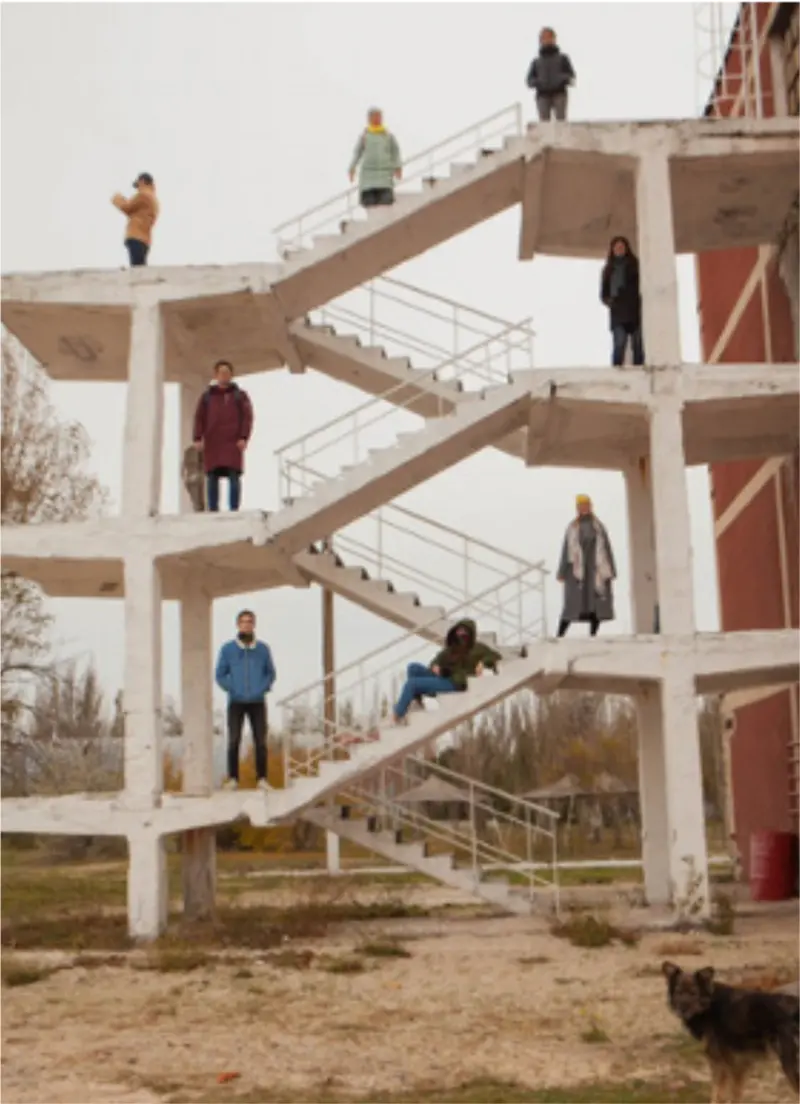
Could you provide some examples of art projects implemented by your organization?
Some of our projects are purely artistic pursuits, which help us to form a community around the organization. Through others we communicate the social issues, using art as a tool.
To illustrate: in 2020, we invited a famous Ukrainian artist Hamlet Zinkovskyi, who created 8 murals within seven days. His solo exhibition was also opened, and a number of events were held to draw attention to new art objects and to accustom citizens to modern art. Another example is the Museum on the Beach - together with a local artist, we painted the wall of the sea port, which borders on the popular beach. We depicted the reproductions of paintings by Ukrainian artists. Then the local art museum conducted a special tour for schoolchildren and city guests. Now a public space is beginning to shape around this wall. The money for the paints for “The Museum on the Beach" was collected by crowdfunding (about 1,300 euro).
We also founded a festival of animation “RavlykFest”, which has been promoting animation as a tool for social change, in particular for artivism, for 5 years already. As part of this festival, we presented a digital exhibition about prejudice in society toward people with disabilities, and also taught activists to create their own cartoons to promote socially important issues. While implementing another initiative, we met with students of the local university and created art projects aimed at over coming gender stereotypes. Later, the exhibition travelled throughout Ukraine. Earlier, we held forum theatres about conflict resolution and non-violent communication for internally displaced persons, as well as about gender-based violence.
How do city residents respond to such new progressive concepts and ideas?
Historically, our city developed rapidly and therefore turned out to be very multicultural. But today it is typical for the locals to call Berdyansk “a dead-end city”. The city is the terminal point of many transport routes - people do not visit our city in transit, like Dnipro or Kyiv. If someone visits Berdyansk, it is on purpose. In general, it is a characteristic of many places that are not mega-cities.
Moreover, a significant number of young people leave and go to other cities in search of education or work, and most of them never return. For example, many young people constantly go to Kharkiv due to the variety of universities, and because of this process its population remains very young. Berdyansk, on the contrary, is much older. More progressive youth, who are ready to accept changes, most often migrate from our city. This is one of the reasons why Berdyansk is quite conservative. This problem is relevant for many small towns without active cultural life. As a result, when it comes to many innovative topics or projects, like gender equality, people tend to reject them. For example, the very word “gender” is a trigger for them - they are afraid of it and repeat “we do not need this, it should be prohibited.” In small cities progressive initiatives should be implemented smoothly, step by step, without something provocative in the beginning.
Is it difficult to implement such projects in a small city?
The local authorities supported us on paper, but actually they did not even mention the name of the organization in the controlled local media when describing our projects. Today the situation has improved a bit (we assume it is because of an absence of political ambitions after local elections) - now our relationships can be described as “don’t cause any difficulties”.
It is noteworthy that in small cities a good reputation spreads faster. But at the same time, mistakes may have a stronger negative impact. Local businesses know our team members well and are ready to help without any special conditions. In our case the city size did not affect our ability to receive sponsorship.
Among the hardships, we can mention the low integration of modern processes in the daily life of the city, both technical and organisational. For example, people are not very familiar with various online tools like crowd-funding.
Here, it is more difficult to find and engage participants, even in free events (it is interesting that middle-aged people are more active than the youth). The activists had to spend more time, and both human and financial resources on advertising to gather a larger audience. Personal communication in our city is the most effective.
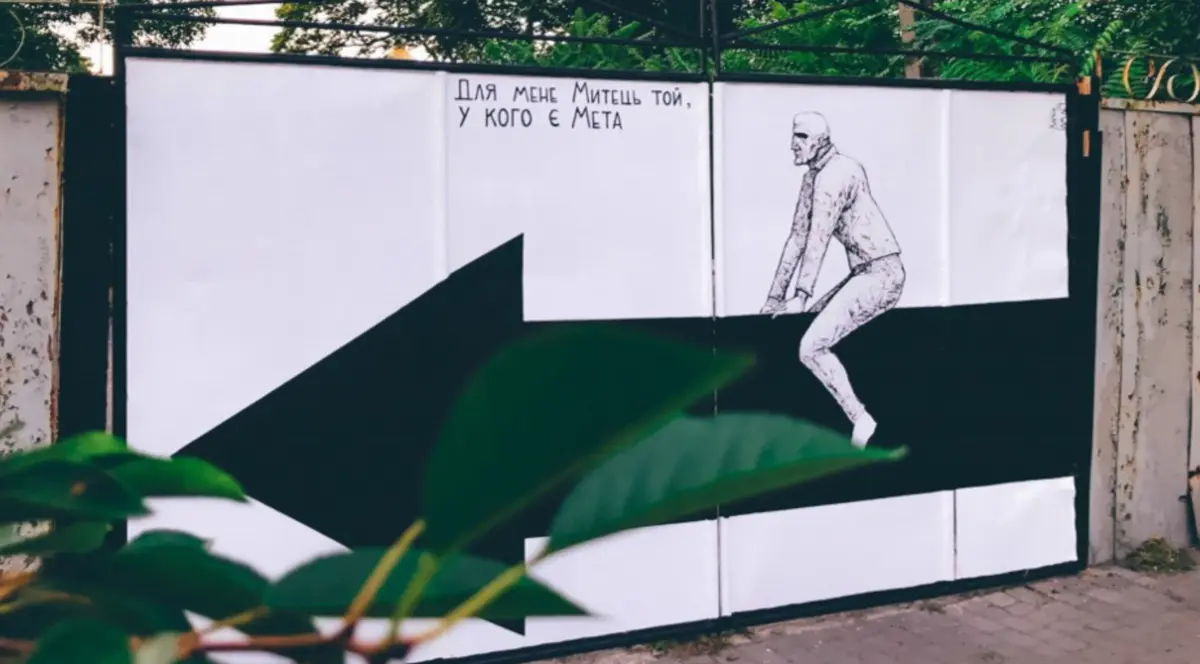
In addition, there is a lack of services for organizing large events, like catering, portable toilets, electrical services, etc. It can also be difficult to find a location for seminars or trainings - there are only a few such places and they are not always available and accostable.
We also should mention that in all small cities there are not as many experts as in large ones, and if the organisation wants to invite them to a lecture or a workshop, it involves additional expenses for travel and accommodation.
A big pro is that the audience is not as high-fed as in large cities - it is easier to surprise the citizens. Each event in Berdyansk is unique, notable and important. Due to this, activists can just adapt the experience of other cities and communities to the city’s reality and achieve a wow-effect.
What are your plans for the future?
We are going to continue our urban movement and popularise art in Berdyansk. Speaking of the next projects, we want to make a sound design for the local art museum’s paintings in order to draw attention to people with visual impairments. We are also interested in promoting new members of our community who will initiate projects themselves. We are waiting for the new young teams to form in the city, who can be our competitors in future.
What advice would you give to young people who live in small cities and want to start practicing artivism?
We would like to recommend starting not from the form, but from the goals and essence. Let’s say, if you need a gallery, you can negotiate with a local cafe to hold an exhibition. If you need a youth space, then you can hold the first meeting in a college lecture hall, and try to form a community that will be ready to create and maintain such a space. The fact that there is a room called “a youth space” does not create a youth space as an institution. By the way, these obstacles can stimulate you to be more creative in your actions.
And if you want something, you need to do it! At the very beginning, just a few people believed in our anti-cafe, but it is better to focus on positive feedback, not negative. Everyone always has doubts and fears of not being understood by casual friends. But by acting, you will change your environment and you will certainly find the people who are ready to create something with you.
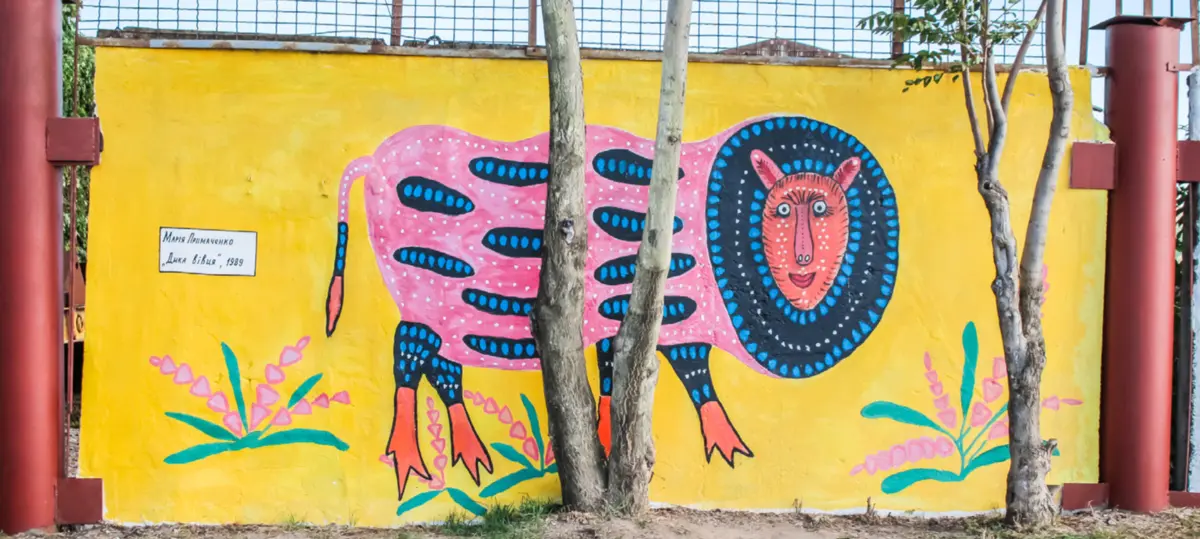
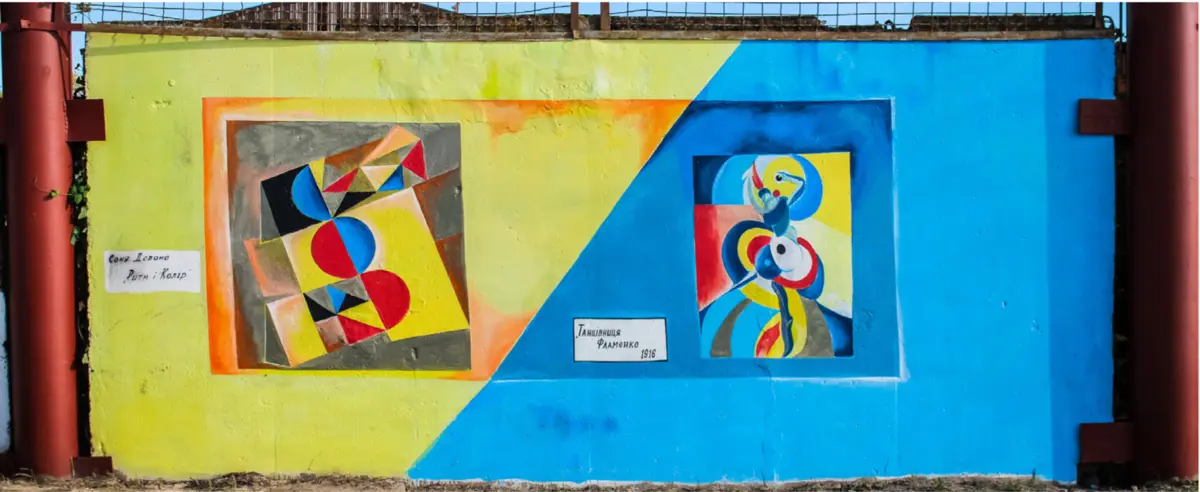
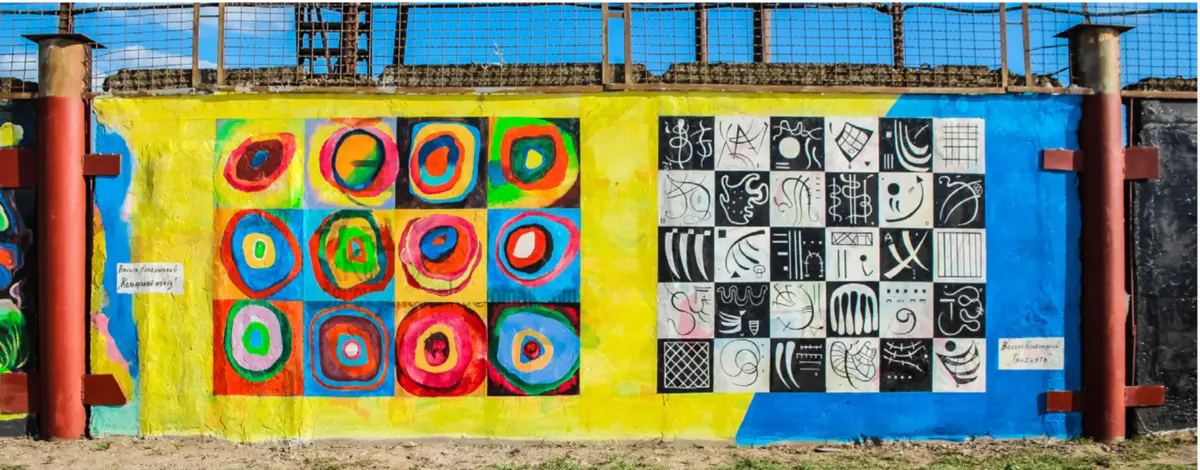
This article was initially published by Cooperation and Development Network. You can read the full publication at https://www.cdnee.org/publications